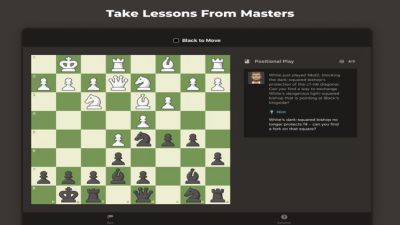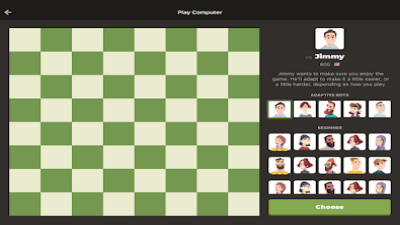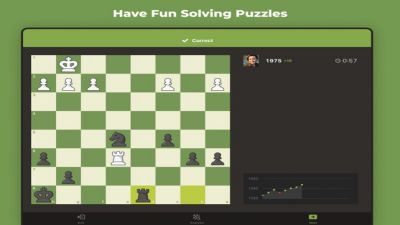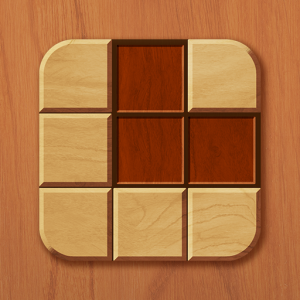Chess
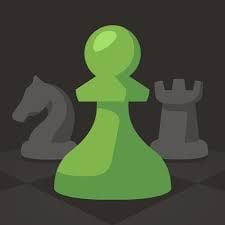 |
|
| Rating: 5 | Developer: Chess.com |
| File Size: 249.7 MB | Category: Casual, Strategy |
Game Description
Chess is a strategic board game that falls under the genre of abstract strategy games. It is played on a square board divided into 64 squares arranged in an eight-by-eight grid. Each player commands an army comprised of distinct pieces such as pawns, knights, bishops, rooks, a queen, and a king. The primary objective of Chess is to checkmate the opponent’s king, thereby preventing any possible escape from capture. This cerebral game has endured for centuries, captivating players worldwide.
One of the core mechanics of Chess revolves around the unique movement patterns of each piece. For instance, the rook can move horizontally or vertically any number of squares, while the knight boasts its distinctive “L” shape movement. The game requires players to think several moves ahead, considering both their potential strategies and their opponents’ responses. Mastering these mechanics is essential for any serious Chess player.
The setting of Chess is universal, often played in various environments from cozy living rooms to competitive tournaments. The aesthetic of the game is also enhanced by beautifully crafted chess sets, ranging from classical wooden sets to modern designs. The ability to play Chess both online and offline has contributed to its increasing popularity, making it easily accessible to players of all ages. Online platforms offer live matches, tutorials, and interactive features that boost engagement and skill development.
What sets Chess apart from other games is its rich history and depth of strategy. Known for fostering *critical thinking*, Chess challenges players to adapt and predict their opponent’s movements. The game can be played at various skill levels, allowing beginners to enjoy the learning experience while seasoned players can engage in deep, tactical maneuvers. Furthermore, tournaments and championships add an exciting competitive edge, showcasing the game’s intellectual rigor.
Ultimately, Chess is not just a game of competition; it is a test of patience, foresight, and tactical prowess. With its enduring appeal and structured gameplay, Chess continues to be a beloved pastime and a respected competitive sport, encouraging not only fun but also cognitive development. Whether for casual play or serious competition, Chess remains a timeless intellectual challenge.
| Chess App Download | |
|---|---|
Get it From App Store |
Get it From Google Play |
Get it From Amazon |
Get it From Steam / PC |
How to Play
- Set Up the Board
- Place the board with a white square at the bottom right corner.
- Arrange the pieces as follows:
- Rooks in the corners
- Knight next to each rook
- Bishops next to each knight
- Queen on her color
- King on the remaining square
- Pawns in the second row
- Understand the Moves
- Learn how each piece moves:
- Pawns move forward one square but capture diagonally.
- Rooks move in straight lines any number of squares.
- Knights move in an “L” shape.
- Bishops move diagonally any number of squares.
- Queens move like rooks and bishops combined.
- Kings move one square in any direction.
- Learn how each piece moves:
- Starting the Game
The player with the white pieces always moves first. Players alternate turns, moving one piece at a time. Take turns thinking strategically about each move.
- Check and Checkmate
- A player is in check when their king is under threat of capture.
- To get out of check, a player must move their king, block the threat, or capture the attacking piece.
- Checkmate occurs when a king is in check and no legal move can remove the threat; the game ends.
- Special Moves
- Castling: A simultaneous move of the king and rook under specific conditions.
- En Passant: A special pawn capture that can occur when an opponent moves two squares forward.
- Pawn Promotion: When a pawn reaches the opposite side of the board, it can be promoted to any piece except a king.
- Winning the Game
A player wins by delivering checkmate to the opponent’s king. Alternatively, the game can end in a draw under specific conditions, such as insufficient material or stalemate.
- Practice and Strategy
Players should continuously practice to improve their skills. Analyze games, study famous strategies, and learn from experienced players.
Screenshots
Frequently Asked Questions
-
What is the objective of Chess?
The primary objective of Chess is to checkmate the opponent’s king. This means placing the king in a position where it cannot escape capture. Achieving checkmate requires strategic planning and foresight during gameplay.
-
How is Chess played in terms of turns?
Players take turns moving one piece at a time. The player with the white pieces goes first, and the players alternate thereafter. Strategizing during your turn is crucial for success.
-
Can Chess be played online?
Yes, Chess can be played online through various websites and apps. These platforms offer opportunities to play against opponents globally, participate in tournaments, and access educational resources for improving skills.
-
What are the different Chess pieces and their movements?
Each piece has a unique movement style: rooks move in straight lines, knights jump in an “L” shape, bishops move diagonally, the queen combines both the rook and bishop’s movements, and the king moves one square in any direction. Pawns have distinctive forward movements and capture styles.
-
Is Chess only for experienced players?
No, Chess is for everyone! While it can be complex, beginners can easily learn the basic rules and strategies. Many resources are available for players of all skill levels to grow their understanding and enjoyment of the game.
-
What are common terms used in Chess?
Common Chess terms include check, checkmate, stalemate, and castling. Understanding these terms is essential for grasping the game’s rules and strategies effectively.













